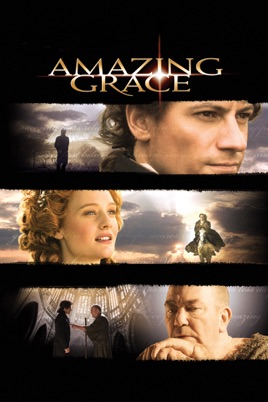The Awakening of the Third Estate
Three estates are being represented through this famous work of art. The First Estate is represented through the man wearing all black.The First Estate represents the clergy. They consisted of nobles or a higher class society. The clergy owned about 10 percent of France's land in which no taxes were paid. Their jobs were to run schools, keep records and support the poor. They lived the high class, easy lives.
The Second Estate is being represented through the man wearing the large hat. The Second Estate was the nobility. Nobles held the highest positions in courts, churches, and the government. The nobles had the ability to collect taxes from the peasants of their land so they could live extravagant lives while their peasants scrapped by. Nobles owned between 20 and 30 percent of land in France.
The Third Estate is represented through the man on the ground. The Third Estate represents the rest of the population. To better describe their role, they can be broken down into three groups. Group one, the Bourgeoisie, consist of merchants, manufacturers, bankers, doctors, lawyers, ect. They are the middle class of France. They are the people without privileges or any source of power. The second group, Sans-Culottes, are urban workers, trade workers in cities like Paris. This class suffered the most when food prices rose and their wages did not. They are the people who pushed for equality in everything and were radical revolutionaries. The third group is made up of peasants who worked on farms. They were the poorest class. They struggled to survive and were not allowed to hunt, or even kill animals that hurt their crop.
The message being portrayed is that the Third Estate is showing the time during the Enlightenment when the Third Estate finally started to fight back for their beliefs in equality. They are freeing themselves from the shackles found at the bottom of the image. Demonstrated through this image is the social standing of the estates. The First and Second Estate are standing above the Third showing higher class ranking and power. They are also shown with fear in their faces and are appeared to be running. All while the Third class is getting up and reaching for the weapons. It is a very powerful demonstration of change.
Citations:
"The Estates." French Revolution, 23 May 2011, thefrenchrev.wordpress.com/tag/first-estate/.
"Picture Analysis" Humanities, rd9humanities.weebly.com/picture-analysis.html


